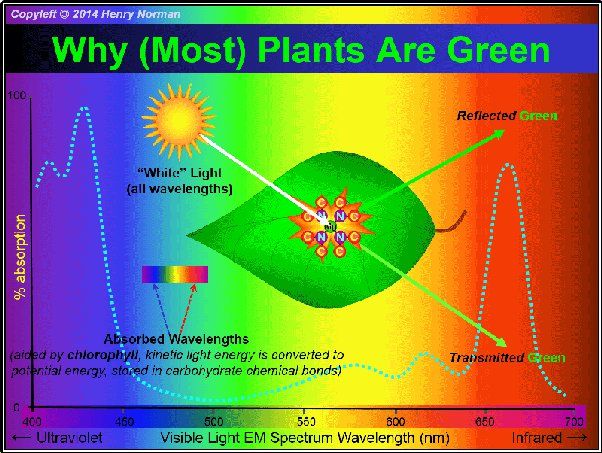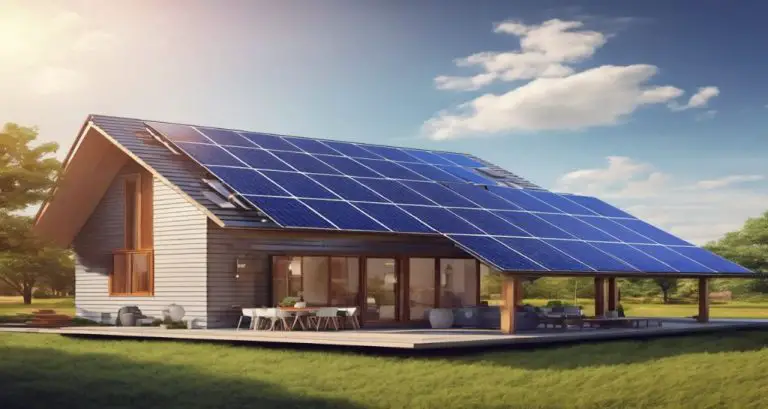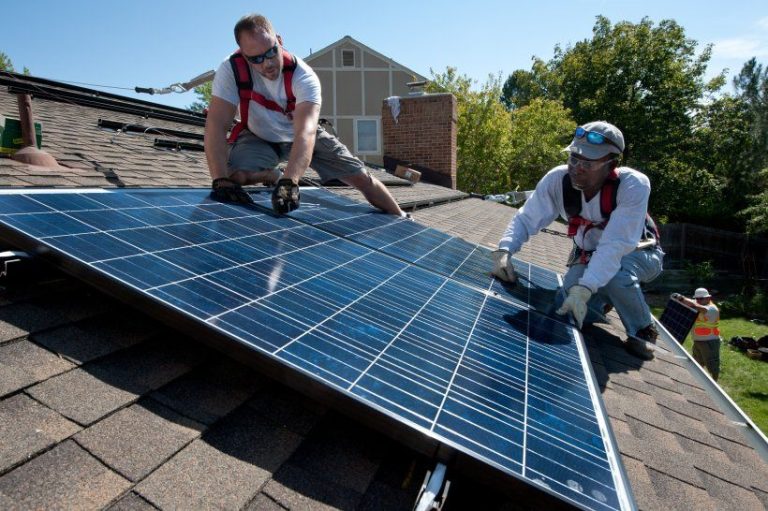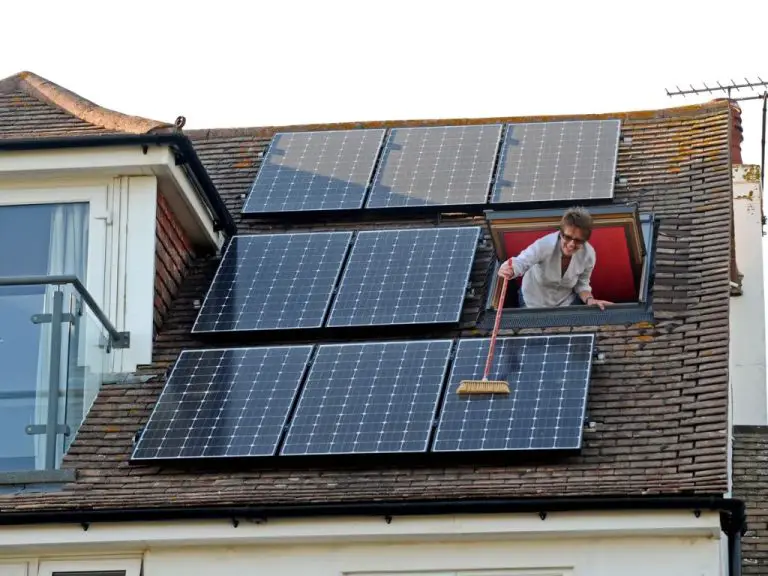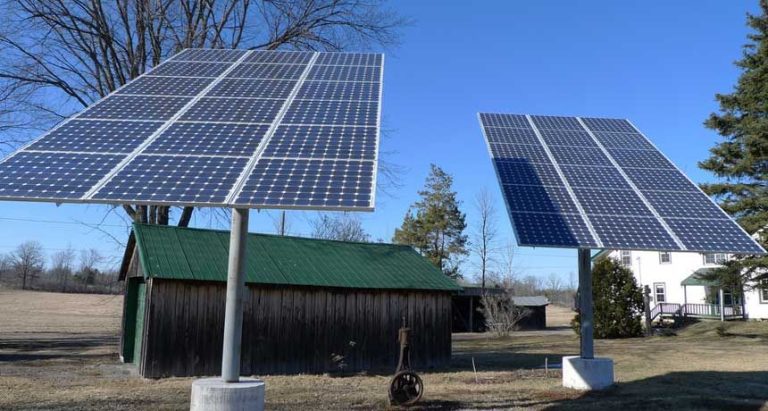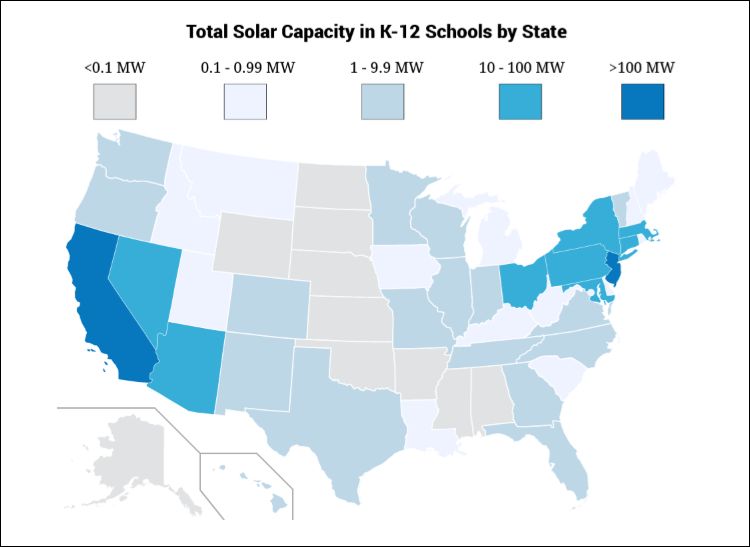Can Solar Energy Be Made Anywhere?
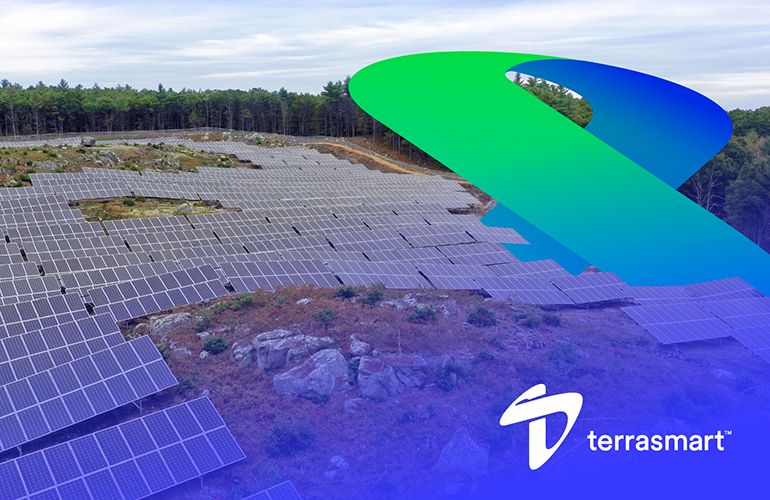
Solar energy is radiant light and heat from the Sun that is harnessed using a range of ever-evolving technologies such as solar heating, photovoltaics, solar thermal energy, solar architecture, molten salt power plants and artificial photosynthesis (https://www.energy.gov/eere/solar/solar-energy-technologies-office). It is an abundant renewable energy source that can help reduce our dependence on fossil fuels. The potential for solar is enormous – the energy in sunlight striking the Earth in one hour is about the same as global energy consumption for an entire year (https://www.eia.gov/energyexplained/solar/solar-energy-and-the-environment.php). However, solar generation is dependent on several factors like solar irradiation, temperature, geography, land availability and storage infrastructure which determine its viability for a given location.
This article provides an overview of the key considerations around solar energy’s potential and appeal, as well as the factors that determine where it can be generated.
Solar Irradiation Levels
Solar irradiation, also known as insolation, refers to the amount of solar energy received on a given surface area over a period of time. It is measured in kilowatt-hours per square meter (kWh/m2). Solar irradiation levels vary significantly across the globe based on latitude, climate, and weather conditions.
According to the Global Solar Atlas, some of the highest solar irradiation levels are found in arid regions near the equator, such as the Sahara Desert in Africa, the Middle East, and Northern Chile. For example, annual irradiation in the Sahara can reach over 2,500 kWh/m2. High altitudes also receive stronger solar irradiation due to thinner atmosphere.
Some of the lowest irradiation levels are found near the poles, as well as in areas with persistent cloud cover and precipitation, such as the Pacific Northwest in North America. Parts of Alaska, Scotland, and Scandinavia receive less than 1,000 kWh/m2 per year.
Solar panels can effectively convert irradiation into electrical energy almost anywhere. However, locations with higher solar irradiation produce more energy and better financial returns on solar panel installations.
Photovoltaic Panel Efficiency
The efficiency of a solar panel determines how much of the sun’s energy striking the panel is converted into usable electricity. More efficient panels will produce more electricity from the same amount of sunlight. According to Architectural Digest, there are three main types of solar panels that differ in efficiency:
– Monocrystalline panels are the most efficient, with average ratings over 20%. The silicon cells are made from a single crystal structure, minimizing defects.
– Polycrystalline panels are slightly less efficient, around 15-18%, since the cells are made from multiple silicon crystal fragments.
– Thin-film panels using cadmium telluride (CdTe) or copper indium gallium selenide (CIGS) have efficiencies of 10-13%. However, they can be cheaper and perform better in low light.
Higher efficiency panels will produce more kilowatt-hours from the same solar system size. However, lower efficiency panels can still be cost-effective depending on the application and location’s solar resource. Efficiency ratings help determine the optimum solar panels for a given project or site.
Temperature Effects
Solar panel efficiency and performance depends heavily on temperature. As panels absorb sunlight, some of that energy is converted into heat which can raise the panel’s temperature substantially. Studies show solar panel efficiency decreases as temperature increases. According to EcoFlow, for every 1°C over 25°C, solar panel output falls by around 0.4-0.5% (EcoFlow). Most residential solar panels are tested around 77°F (25°C) and rated for peak efficiency between 50-95°F (10-35°C) (Boston Solar). Temperatures outside this range will produce less energy, with output dropping more significantly above 95°F. Extreme heat can also degrade long-term panel performance and lifespan over time. To maximize production, solar panels work best within a moderate temperature range not too hot or cold. Proper solar panel selection, mounting, ventilation, and cooling can help maximize efficiency in hotter climates.
Area Requirements
Utility-scale solar farms require significant amounts of land, typically a minimum of 10 acres for smaller projects and up to hundreds or thousands of acres for large-scale solar farms. According to one source, solar developers generally need a minimum of 10 acres for a small project or 200 acres for utility-scale. Another report says roughly 6 to 8 acres are needed per 1 MW of solar capacity, so a 20 MW solar farm would require 120 to 160 acres.1
In contrast, rooftop solar on homes and businesses is constrained by the available roof space. Typical residential systems require about 300 square feet for a 6 kW system, while commercial rooftop systems may use 10,000+ square feet for a 100 kW or larger system.2 Rooftop solar avoids the large land requirements of utility solar farms, but the total capacity is limited by roof space.
Energy Storage
Energy storage plays a critical role in addressing the intermittency of solar power generation. The sun only shines part of the day, and solar output varies based on weather conditions and seasons. Energy storage allows solar energy to be captured and saved for later use when solar generation is low or absent.
There are a few main options for storing solar energy. Batteries are one of the most common approaches. They can store electricity generated from solar panels during the day and discharge it when needed (Storing solar energy: everything you need to know). However, batteries can be expensive and have limitations in storage capacity. Other storage options include pumped hydro storage, flywheels, compressed air energy storage, and thermal energy storage.
A key challenge with solar energy storage is cost and scalability. Storing massive amounts of solar energy for extended periods of time requires large, complex systems. More research and innovation is needed to develop storage solutions that can be deployed economically at a large scale.
Transmission Infrastructure
A major challenge for utility-scale solar farms, especially in remote areas, is transmitting the power they generate to demand centers where it is needed. Long-distance high voltage transmission lines are required, but these can be costly to build and require new rights of way (https://www.energy.gov/policy/queued-need-transmission). Upgrading and expanding transmission infrastructure is key to unlocking the full potential of solar energy across public and private lands in the U.S. (https://www.doi.gov/ocl/renewable-energy-transmission-infrastructure).
In developing countries, weak grids and limited transmission infrastructure also pose a barrier to scaling up solar energy. Rural areas often lack connectivity to the main grid, making distributed solar applications more practical in the near-term. However, improving transmission infrastructure remains critical for achieving more widespread renewable energy deployment over the long-term, especially to reach remote populations (https://www.seia.org/initiatives/transmission).
Weather Impacts
Weather conditions like clouds, rain, and storms can affect the amount of solar energy produced by photovoltaic panels. Clouds block sunlight from reaching the panels, reducing solar irradiance and lowering energy output. According to Solar Alliance, solar panels can operate on cloudy days but at around 10-25% less efficient compared to sunny days. However, light rain and snow are not major inhibitors. Rain helps wash away dirt and debris that accumulate on panels, while snow often slides off panels without sticking.
Heavy rain, hail, and storms bring stronger reductions in solar output. A heavy rainstorm can decrease energy production by 40-50%. Large hail also causes physical damage to panels. Thunderstorms and lightning strikes can impact system electronics. Overall, solar panels can effectively generate electricity on many cloudy and rainy days. But optimal performance requires sunny conditions with maximum solar irradiance.
As noted in Paradise Solar Energy, “How Does Weather Affect Solar Panels?”, cloudy days result in 10-25% less energy, heavy rain cuts production by 40-50%, and cold temperatures allow panels to be more efficient.
Geography & Land Use
While there are promising locations around the world for solar power, geographic constraints can limit solar potential. Large mountain ranges like the Rocky Mountains in the U.S. and the Andes in South America block solar irradiation and cast shadows. Heavily forested areas also limit the land available for solar farms. According to one source, the ideal locations for solar have flat, dry, sunny land near transmission lines and roads (Where is the best location on Earth for solar energy?). Wetlands and flood zones are also poor choices due to the risk of equipment damage. Even within favorable areas, solar developers need to consider the local terrain and select sites that maximize sun exposure throughout the day.
Conclusion
In summary, there are several key factors that determine whether solar energy can be efficiently generated in a given location. The most important considerations are solar irradiation levels, panel efficiency and area requirements, temperature effects, energy storage and transmission infrastructure, weather impacts, and geography.
With sufficient solar resources and the right conditions, solar energy has immense potential to meet energy needs globally. Even areas with lower solar potential can still benefit from solar with the right technology improvements and infrastructure investments. However, there are geographic and climate limitations that will make solar generation more feasible in some regions compared to others.
To fully harness the power of the sun, governments and the private sector need to prioritize investments in solar infrastructure and research. Upgrading transmission networks, developing new storage solutions, and improving panel efficiency will all help expand solar energy access worldwide. With the right policies and technologies, solar can play a major role in building a clean energy future.

